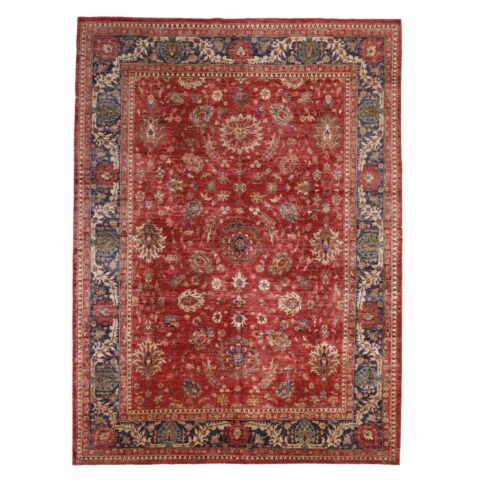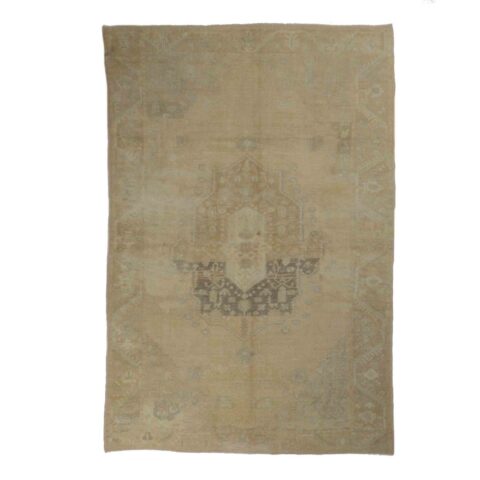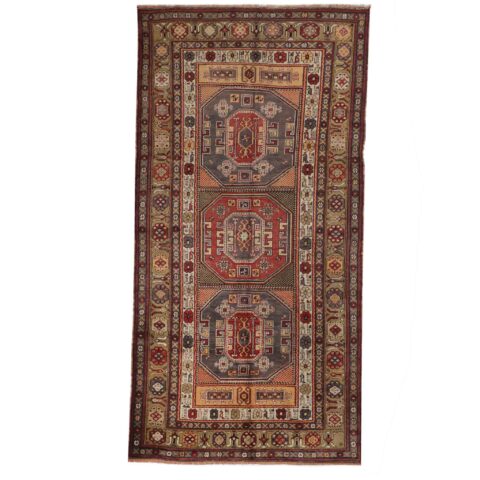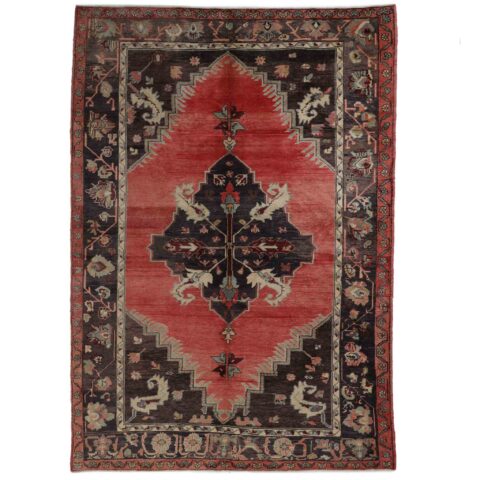Saddlebag kilims are fascinating and historically significant textiles that have been woven by various cultures and tribes across different regions. They derive their name from their original purpose, which was to serve as functional bags used for carrying belongings on horseback or camels. Saddlebag kilims are highly versatile and aesthetically appealing, making them popular among collectors and enthusiasts of tribal art.
One of the notable features of saddlebag kilims is their unique construction. They consist of a pair of interconnected bags, each woven as a separate compartment, which are joined together by a flatwoven panel or a decorative closure. This design allows the kilim to be easily attached to the saddle or carried over the shoulders, providing a practical storage solution for nomadic or rural communities.
Saddlebag kilims are typically handwoven using a flatweave technique, resulting in a durable and sturdy textile. They are crafted using natural fibers such as wool or goat hair, which ensure their longevity and resilience. The intricate weaving process involves interlocking warp and weft threads to create a flat, tightly woven surface.
In terms of design, saddlebag kilims often feature a rich array of geometric motifs, symbolic patterns, and vibrant colors. These motifs can vary depending on the specific tribe or region of origin. They may include stylized animals, geometric shapes, intricate borders, or tribal symbols, each carrying its own cultural and symbolic significance.
The color palette of saddlebag kilims is usually diverse, incorporating a range of earthy tones, deep reds, blues, and warm yellows. Natural dyes derived from plants and insects are often used, adding depth and richness to the colors. These vibrant hues contribute to the visual allure of the kilims and enhance their overall aesthetic appeal.
Saddlebag kilims are not only admired for their functional and decorative purposes but also hold cultural and historical significance. They provide insights into the nomadic or rural lifestyles of various tribes and serve as tangible artifacts of their traditions, craftsmanship, and artistic expressions.
Today, saddlebag kilims are sought-after collector’s items and prized for their authenticity and artistic value. They can be displayed as unique wall hangings, used as decorative accents, or incorporated into interior design schemes to add a touch of heritage and cultural flair. Owning a saddlebag kilim is to possess a piece of history and a connection to the skilled weavers and nomadic traditions of the past.








